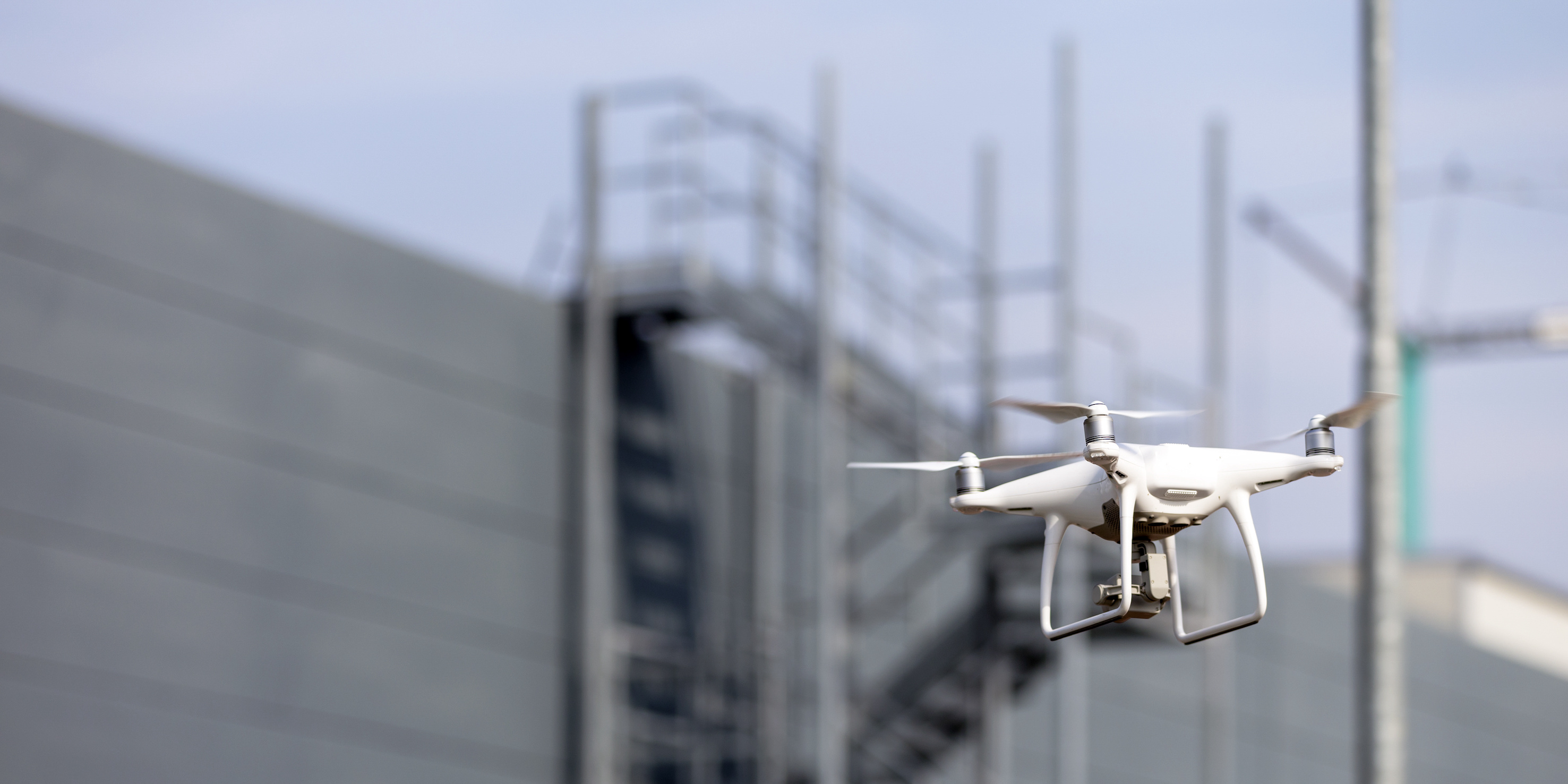Introduction
Uncrewed aerial systems (UAS) present exciting benefits to society. They are used by a wide variety of industries and public sector services, including the emergency services, dealing with everything from the management of critical incidents to searching of missing persons. They are also used by those responsible for the inspection and maintenance of buildings and infrastructure, and can reduce the risk to people working in hazardous areas and drive more efficient ways of working. Furthermore, there are possibilities for businesses and the public sector to create new high tech jobs and boost the economy in a way that wouldn't have been perceived a few years ago. However, security risks are also emerging, as they have the potential to facilitate a wide range of hostile activity.
Some operators may be unaware of the regulations around flying, or fly their UAS in a reckless and irresponsible manner which may cause danger or disruption. Other actors may use them for more hostile purposes. Events at Gatwick Airport in December 2018 demonstrated the significant disruption that they can cause, and further worldwide events have shown how they can be used by nefarious actors, including terrorist groups to carry out or facilitate attacks.
These pages will introduce the concept of Uncrewed Aerial Systems and provide guidance on how they can be utilised from a protective security perspective, as well as how sites can protect against UAS misuse.
Planning needs to be kept under regular review as a result of the rapid developments in both UAS capability and advances in counter measures.
This page focuses on the work of NPSA, and introduces the key components that need to be developed to build a C-UAS strategy and plan for a site. These pages will be updated and added to as new guidance becomes available.
This information has been created to assist national infrastructure site security managers in developing a C-UAS strategy. Many of the concepts will apply to crowded places and major events; however, there will be some differences.

The role of NPSA for UAS
NPSA seeks to provide protective security advice to our customers in terms of:
C-UAS
- understanding the threat - understanding the security threats posed by UAS in the UK and how they are likely to evolve
- understanding protective security solutions - supporting customers in mitigating the security risks posed by UAS through a comprehensive understanding of the protective security solutions (e.g. operational response procedures, the use of C-UAS technology)
- testing and accreditation - the creation and management of standards for C-UAS equipment that are versatile enough to cater for the general needs of CNI, and other domestic uses that require fixed or permanent protection
- influencing legal and policy developments - providing input into legal and policy developments
- advice delivery - providing guidance, training and one-to-one protective security technical advice to support our customers in mitigating the security risks posed by UAS
UAS
- Understanding UAS capabilities and how they can be applied to protective security scenarios
- Understanding security risks from utilising UAS and develop a suite of risk mitigation options for end users
- Providing guidance for customers wishing to utilise the benefits of UAS to protect sites and assets
NPSA collaborates closely cross-government and internationally to maximise efficiency and minimise confusion. Within C-UAS, the Home Office Counter Drones Unit (CDU) coordinates activity across government to produce a consistent package of policy, legislation and operational response to the threat posed by UAS, in line with national security needs and in a way which secures the future of the UAS sector. Regarding the use of UAS, Department for Transport is the lead department, supported by the Civil Aviation Authority which regulates UAS use in the UK.
What are uncrewed aerial systems?
There are many terms which are often used interchangeably with 'UAS', including:
- drones
- uncrewed Aircraft (UA)
- remotely Piloted Aircraft System (RPAS)

UAS are comprised of three key components:
- An uncrewed aerial vehicle (UAV) that can operate without a pilot being on-board.
- A ground control system (GCS) which allows the pilot to remotely control and or monitor the operation of the UAV.
- A bi-directional link between the UAV and the GCS which provides control, status and imagery information.
UAS describes the whole system. They may be of a fixed wing or rotary wing design, all of which are all operated remotely.